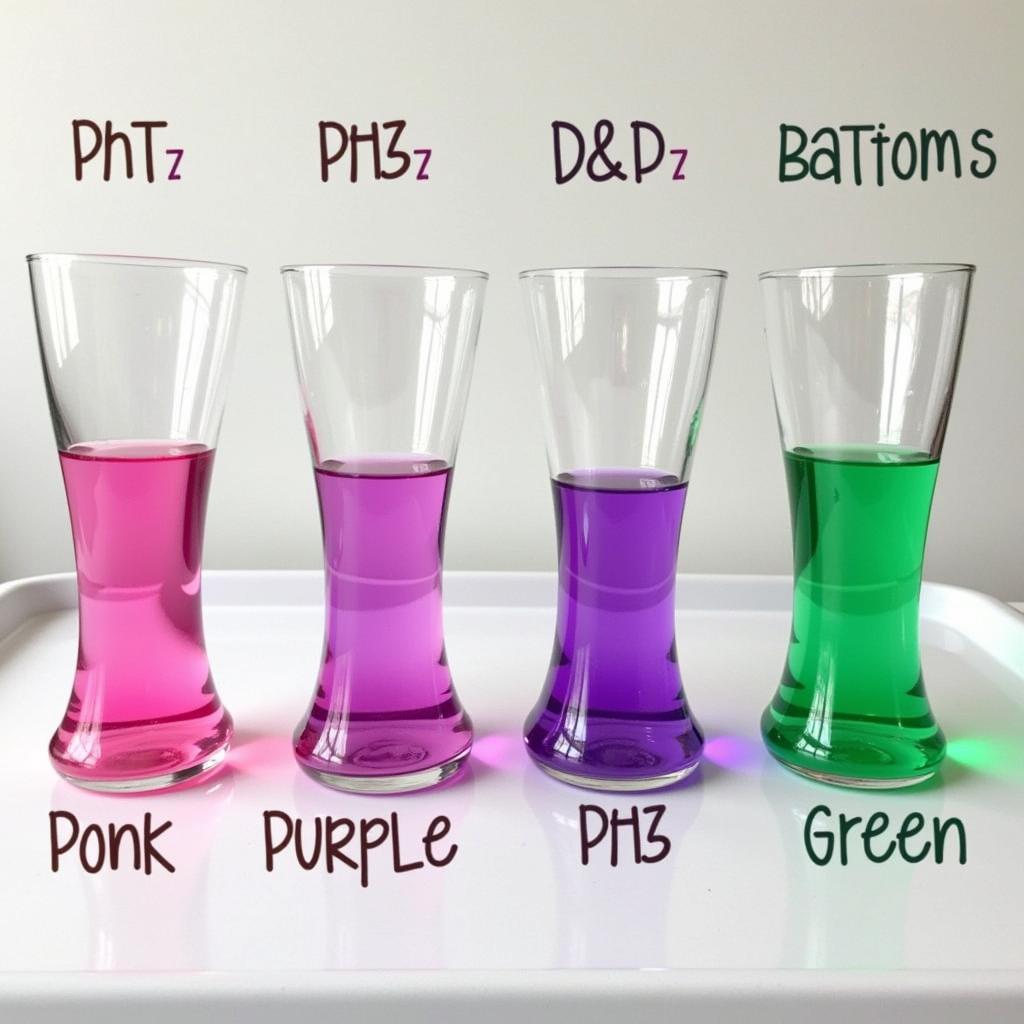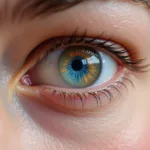Creating a color-changing “potion” is a fascinating blend of science and art. While true magic isn’t involved, the chemical reactions and visual transformations can certainly feel enchanting. Whether you’re a science enthusiast, a DIY aficionado, or simply looking for a fun experiment, understanding how to make color changing potion offers a world of creative possibilities. can u color potions in minecraft
The Science Behind Color-Changing Potions
The magic of color-changing potions lies in indicators, substances that change color depending on the pH of a solution. pH measures how acidic or basic a substance is, ranging from 0 (very acidic) to 14 (very basic). Indicators like red cabbage juice, litmus paper, and phenolphthalein react with acids and bases, resulting in dramatic color shifts.
Exploring pH Indicators and Their Reactions
- Red Cabbage Juice: This natural indicator turns pink in acidic solutions and blue/green in basic ones. It’s a safe and readily available option for home experiments.
- Litmus Paper: This paper strip changes color depending on the pH. Blue litmus paper turns red in acidic solutions, while red litmus paper turns blue in basic solutions.
- Phenolphthalein: This synthetic indicator is colorless in acidic solutions and turns a vibrant pink in basic solutions.
 Color Changing Potion Experiment
Color Changing Potion Experiment
Creating Your Own Color-Changing Potion
Here’s a simple recipe using red cabbage juice:
- Prepare the Indicator: Finely chop a red cabbage and boil it in water until the water turns a deep purple. Strain the liquid and let it cool. This is your color-changing indicator.
- Gather Your Solutions: Prepare several clear glasses or containers. Fill each with a different solution: lemon juice (acidic), vinegar (acidic), baking soda dissolved in water (basic), and plain water (neutral).
- The Magic Moment: Slowly add the red cabbage juice to each glass, observing the color changes. The acidic solutions will turn pink, the basic solution will turn blue/green, and the water will remain purple.
Tips and Tricks for Successful Potion Making
- Concentration Matters: The intensity of the color change depends on the concentration of the indicator and the pH of the solutions. Experiment with different ratios to achieve desired results.
- Storage: Store the red cabbage indicator in the refrigerator to prolong its effectiveness.
- Safety First: Always wear safety goggles and gloves when handling chemicals, especially if using stronger acids or bases.
Beyond the Basics: Exploring More Complex Color Changes
While red cabbage juice provides a great introduction to color-changing potions, other indicators offer even more dramatic results. For instance, phenolphthalein creates a striking transition from colorless to vibrant pink. Combining different indicators can also yield interesting color combinations. “Understanding the chemical reactions at play opens up a whole new level of creativity,” says renowned chemist Dr. Emily Carter. “You can create custom color palettes and design potions that respond to specific pH changes.”
can you change your hair color in palia
Conclusion
Making color-changing potions is an engaging way to explore the fascinating world of chemistry and pH indicators. Whether you’re experimenting with red cabbage juice or delving into more complex reactions, the process offers a hands-on learning experience that is both educational and entertaining. So, gather your ingredients, put on your scientist hat, and start brewing your own magical concoctions! Remember, understanding how to make color changing potion isn’t just about the final product—it’s about the journey of discovery and the joy of witnessing science in action.
FAQs
- What is a pH indicator?
- Where can I find red cabbage?
- Are these potions safe to handle?
- Can I use other natural indicators?
- What other experiments can I do with pH indicators?
- How do I dispose of the solutions safely?
- What are some advanced color-changing experiments?
Need Help with Your Color Transformation?
Contact us for expert advice and solutions.
Phone: 0373298888
Email: [email protected]
Address: 86 Cầu Giấy, Hà Nội. We have a 24/7 customer support team.

